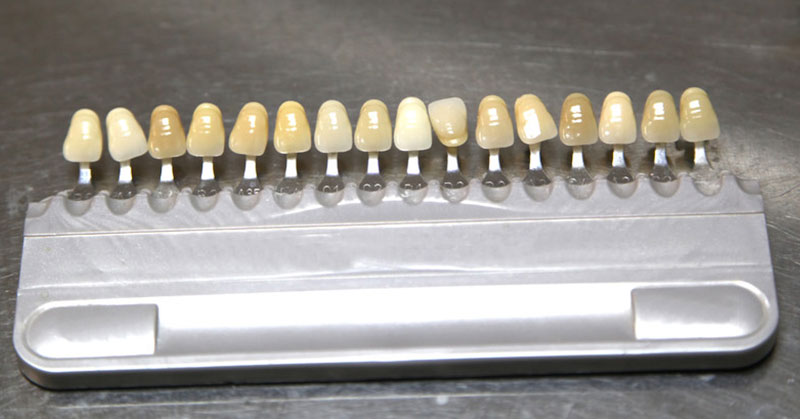
A dead tooth is one that is no longer receiving sufficient blood flow to survive.
Three Layers
Each of our teeth is comprised of three separate layers. The most important of these layers, the pulp, is where vital components such as nerve endings and blood vessels are located. The pulp is surrounded by the dentin layer and the enamel layer, but neither of these can do much if the pulp isn’t receiving any blood. Therefore, the pulp is dead and the tooth is typically removed.
Signs of a Dead Tooth
Although a dead tooth may be hard to identify, there are certain very noticeable symptoms that might indicate that a tooth is dead or dying.
Discoloration
If you see that one of your teeth has begun to turn yellow, gray, or even displays signs of blackening, that tooth may now be dead. When the blood cells have begun to die inside the pulp, they can begin to bruise the outer layers of the tooth. You must see a dentist to have this condition treated or the tooth removed.
Discomfort
Each tooth is different, so when it begins to die you could feel some mild discomfort or extreme pain. The pain varies based on whether or not the nerve is dying or if an abscess has emerged due to infection. You should be able to tell if there is an abscess from discernible symptom such as swelling or a pimple on the gum, bad taste in the mouth or a strong odor on your breath. Over time, the tooth will start to loosen and it could fall out since the bone holding it in as been ruined by infection.
Causes of Dead Tooth
A tooth can die for a number of reasons, primarily due to one of two causes: trauma suffered by the tooth or tooth decay.
Tooth Trauma
Any type of major injury can prove traumatic enough to have a serious impact on the well-being of the tooth. If the tooth is knocked out by accident, injured through teeth grinding, or broken in any other way that prevents blood from getting to the root, the pulp can begin to die and the tooth ultimately rendered useless, resulting in removal.
Tooth Decay
Cavities and bacteria that are allowed to get into the tooth and affect the nerve fibers or the pulp layer can destroy the nerve entirely. A healthy pulp will become inflamed as a way to fight the bacteria that gets to it but all this does is shut off the flow of blood into the pulp, eventually killing it.









